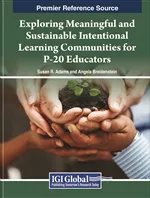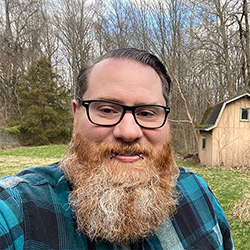Overcoming Barriers to Equity Through Intentional Learning Communities by Kirsten Ebersole Lacroix, Donna Braun, Michelle Li, Chris Jones
Though I’m listed as an author, I definitely did more reading than writing for this chapter. My role in professional development for adult collaboration has been more about support than practice for the last 20 years, and I took this chapter as an opportunity to make more explicit the connections between School Reform Initiative (SRI) practices and CLEE’s strategies. It was a way to connect where we have been with where we want to go. I am most excited for how we were able to illustrate how you can use a learning community to foster educational equity.
What really stood out to me is how important it is to focus on improving the Instructional Core. This triad of students, teachers, and content is within the realm of influence for educators and where they can have impact on equity even when it does not feel like they have a lot of control over other aspects of the education system. The opportunity to have agency in your practice is something that has stuck with me and has been a strong part of my work connecting the dots from the practices we promote to creating equitable outcomes for each and every student.
This chapter is part of the larger work: Exploring Meaningful and Sustainable Intentional Learning Communities for P-20 Educators (use code IGI35 for 35% off), Edited by Susan R. Adams and Angela Breidenstein. You may recognize the editors as SRI affiliates and facilitators, and I was so glad to collaborate with long-time colleagues. If you check out the table of contents you will see many more chapters from familiar SRI community members. I think we all seized this opportunity to share our learning with the wider education community.
Chris Jones, Partner Communications and Support Manager


